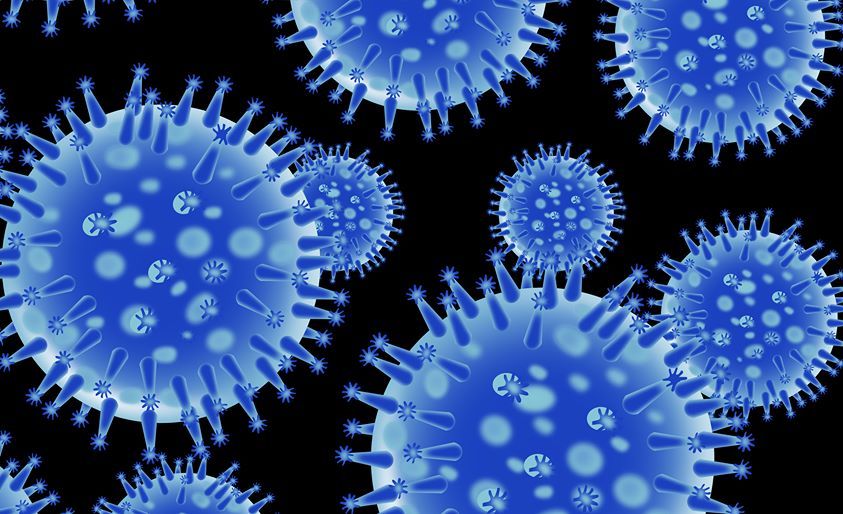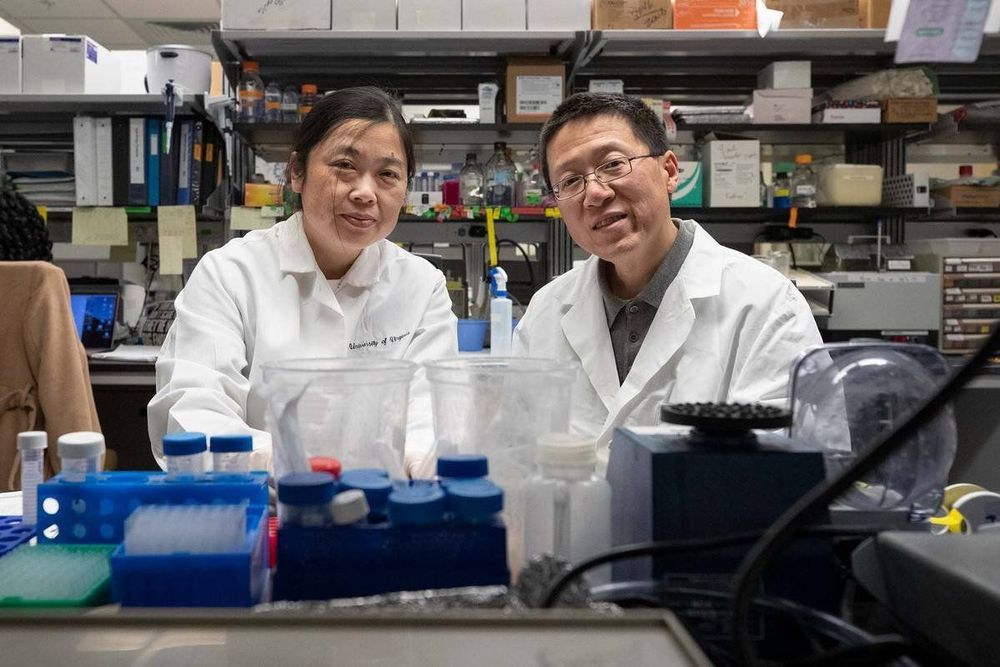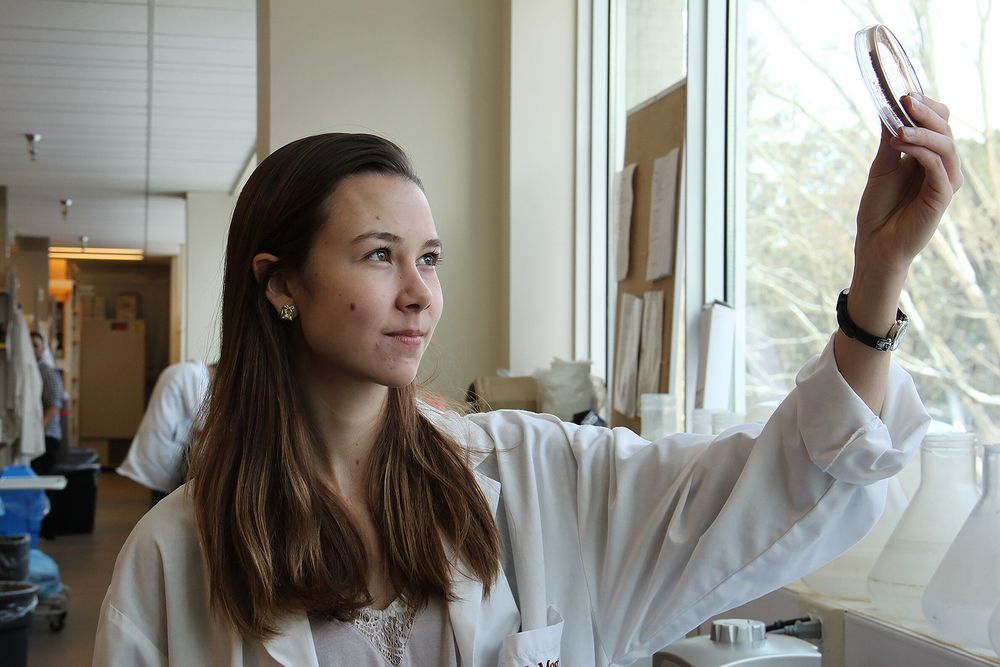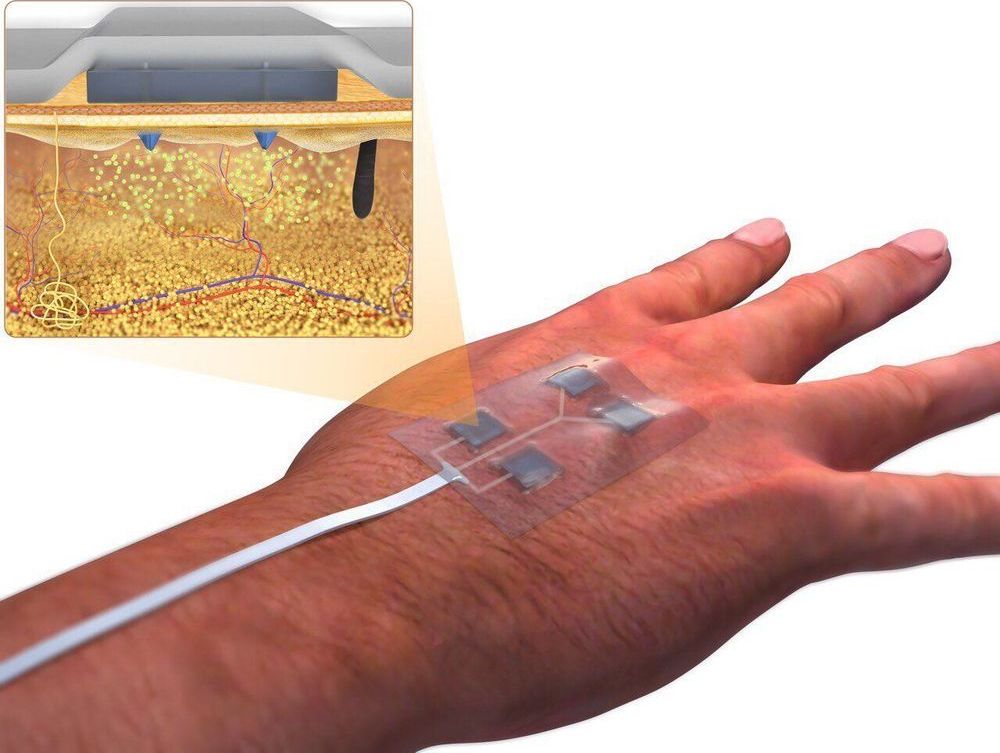Page 7896
Feb 13, 2020
10 Companies Using Robotics to Disrupt the Agriculture Industry
Posted by Omuterema Akhahenda in categories: biotech/medical, food, health, robotics/AI

Robotics technology continues to propel itself forward at an incredible rate. Robots have streamlined automated production, reducing worker injuries and manufacturing defects; in the health, sector robots perform precise, minimally invasive surgeries speeding recovery time and allowing surgeons to perform operations beyond their natural abilities. Now, robotic systems are moving past these stationary roles and finding their way into the agricultural fields around the world. These nimble, autonomous systems are poised to transform farming in an amazing way. Standing at the forefront of this inherent metamorphosis are 10 companies revolutionizing robotics in agriculture.
Continue reading “10 Companies Using Robotics to Disrupt the Agriculture Industry” »
Feb 13, 2020
Special Edition: After Shock and The Legacy of Alvin Toffler
Posted by Mark Sackler in category: futurism
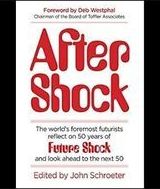
Seeking Delphi host Mark Sackler discusses After Shock, the new book that reflects on the 50 year legacy of Alvin Toffler’s Future Shock, with two of the contributing essayists. (Andrew Curry and Jerome Glenn)
Feb 13, 2020
These bionic shorts help turn an epic hike into a leisurely stroll
Posted by Shane Hinshaw in categories: cyborgs, information science, robotics/AI, transhumanism, wearables
Forget the Thighmaster. Someday you might add a spring to your step when walking or running using a pair of mechanically powered shorts.
Step up: The lightweight exoskeleton-pants were developed by researchers at Harvard University and the University of Nebraska, Omaha. They are the first device to assist with both walking and running, using an algorithm that adapts to each gait.
Making strides: The super-shorts show how wearable exoskeleton technology might someday help us perform all sorts of tasks. Progress in materials, actuators, and machine learning has led to a new generation of lighter, more powerful, and more adaptive wearable systems. Bulkier and heavier commercial systems are already used to help people with disabilities and workers in some factories and warehouses.
Feb 13, 2020
Scientists make organs transparent so you can see inside
Posted by Shane Hinshaw in category: biotech/medical
Feb 13, 2020
Scientists just watched a newfound asteroid zoom by Earth. Then they saw its moon
Posted by Brent Ellman in category: space
Scientists took a second look at a recently discovered asteroid and realized it was in fact two space rocks orbiting together.
Feb 13, 2020
Can art be effective medicine for treatment of mental and physical illness?
Posted by Paul Battista in categories: biotech/medical, education, health, neuroscience

Yes! In this video with my dear friend, artist Nicholas Wilton, I review the scientific data linking creativity and disease remission from Mind Over Medicine. Plus, Nick reads the quote he wrote in Brene Brown’s Daring Greatly about art-making as treatment for perfectionism. If you or someone you love has been hoping to become a “health outlier” who experiences a better than usual outcome from a health struggle, or if you just love art and want to improve your art-making as part of your prescription for optimal health and a vital, fully expressed life, we hope this will offer you inspiration—and a few medicinal laughs! (As an OB/GYN, I couldn’t resist drawing the female reproductive systems when we got to the art-making part.)
Nick will be teaching a wonderful free online art class ART 2 LIFE that starts on Valentine’s Day, so give yourself this gift of your love of art-making. You can sign up for the free course here. https://share.tellafrienda2l.com/a/a2lworkshop/LissaR
Feb 13, 2020
Childhood brain tumor discovery may unlock new treatments for many cancers
Posted by Paul Battista in categories: biotech/medical, neuroscience
“” This cancer seems simple. Basically, it has been known for many years it is just one type of cells that proliferate out of control,” Zong said. “However, we noticed an interesting paradox. While tumor cells grow really fast in the body, they grow poorly and only for a limited time when we take them out and put them in a [lab] dish. So we suspected some other cells may be in play.”
His investigation of that suspicion turned science’s understanding of medulloblastoma on its head. Using an innovative model of the disease, Zong and his team marked tumor cells so that they would appear green. That led to the first surprise: While all other cell types outside the tumor are colorless, a cell type called astrocyte appeared green, which never happens in normal brain regions.
“Astrocyte actually has been linked to poor prognosis of medulloblastoma, but nobody has ever suspected its origin, since the cell of origin for medulloblastoma normally never gives rise to astrocytes. The fact that tumor-associated astrocytes share the same color with tumor cells suggests that they actually come from tumor cells,” he said. “So some tumor cells basically completely change their identity to make a separate cell type.”
Continue reading “Childhood brain tumor discovery may unlock new treatments for many cancers” »
Feb 13, 2020
Antibiotics discovered that kill bacteria in a new way
Posted by Paul Battista in category: biotech/medical
A new group of antibiotics with a unique approach to attacking bacteria has been discovered, making it a promising clinical candidate in the fight against antimicrobial resistance.
The newly-found corbomycin and the lesser-known complestatin have a never-before-seen way to kill bacteria, which is achieved by blocking the function of the bacterial cell wall. The discovery comes from a family of antibiotics called glycopeptides that are produced by soil bacteria.
The researchers also demonstrated in mice that these new antibiotics can block infections caused by the drug resistant Staphylococcus aureus which is a group of bacteria that can cause many serious infections.
Feb 13, 2020
Biomedical engineers create ‘smart’ bandages to heal chronic wounds
Posted by Gerard Bain in category: biotech/medical
Chronic and non-healing wounds—one of the most devastating complications of diabetes and the leading cause of limb amputation—affects millions of Americans each year. Due to the complex nature of these wounds, proper clinical treatment has been limited.
